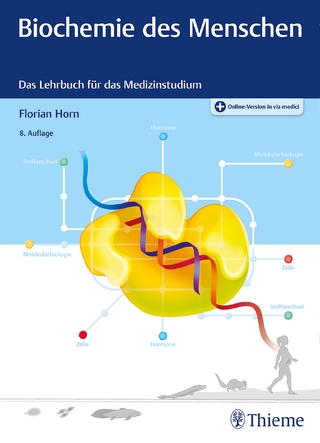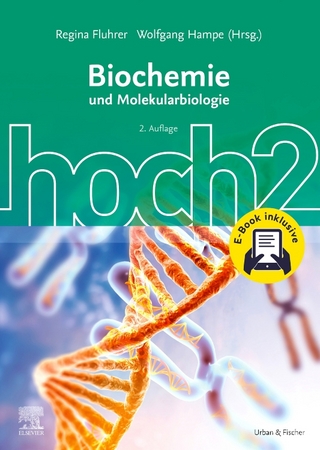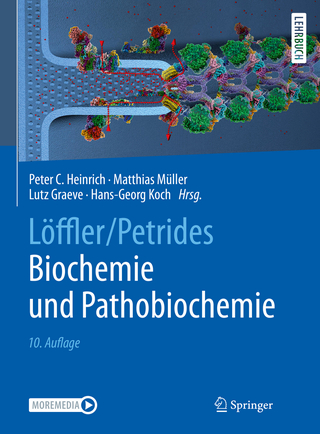
Energy Metabolism in Insects
Kluwer Academic / Plenum Publishers (Verlag)
978-0-306-40697-3 (ISBN)
- Titel ist leider vergriffen;
keine Neuauflage - Artikel merken
An obvious corollary from the demonstrated uniqueness of insect energy metabolism is that an understanding of the process may lead to the de- velopment of new, specific agents or strategies for the suppression of insect pests. The present volume is an expanded version of the Kyoto symposium.
1 Physiological and Environmental Considerations in Insect Bioenergetics.- 1. Introduction.- 2. Energy Flow.- 2.1. Sources of Acquired Energy.- 2.2. Fate of Acquired Energy.- 3. Interspecific Considerations in Bioenergetics.- 3.1. Production..- 3.2. Maintenance.- 4. Factors Influencing Bioenergetic Flow in Individuals.- 4.1. Development.- 4.2. Temperature.- 4.3. Excitation.- 4.4. Nutritional State.- 4.5. Circadian Rhythmicity.- 5. Conclusion.- References.- 2 Hormonal Regulation of Substrate Transport and Metabolism.- 1. Introduction.- 1.1. Assessment of Physiological Relevance of Hormones.- 1.2. General Methods Used to Study Insect Hormones.- 2. Hyperglycemic Hormones.- 3. Hypoglycemic Hormones.- 4. Adipokinetic Hormone.- 5. Octopamine.- 6. Juvenile Hormones and Ecdysones.- 7. Other Hormones.- References.- 3 Role of Lipids in Energy Metabolism.- 1. Introduction.- 2. Lipids as an Energy Source in Development.- 2.1. Embryogenesis.- 2.2. Postembryonic Development.- 2.3. Oogenesis.- 2.4. Diapause.- 3. Utilization of Lipids during Flight.- 3.1. Historical Perspectives.- 3.2. Substrate Utilization and Flight Duration.- 3.3. Lipid Mobilization and Transport.- 3.4. Flight Muscle Characteristics Pertinent to Fatty Acid Oxidation.- 3.5. Entrance of Lipids into the Flight Muscle.- 3.6. Fatty Acid Oxidation in Flight Muscle.- 3.7. Endocrine Control of Lipid Utilization and Flight Performance.- References.- 4 The Role of Carbohydrate Metabolism in Physiological Function.- 1. Introduction..- 2. Synthesis of Hemolymph Trehalose.- 2.1. The Biosynthetic Pathway.- 2.2. Hormonal Control of Hemolymph Trehalose.- 2.3. The Source of Energy for Trehalose Synthesis.- 3. Carbohydrate as an Energy Source in Flight Muscle.- 3.1. Glycogen as an Energy Source.- 3.2. Trehalose as an Energy Source.- 3.3. Glycolysis.- 4. The Biosynthesis of Antifreeze.- 4.1. Antifreeze Production in Silkworm Eggs.- 4.2. Polyol Synthesis in Larval and Adult Insects.- 5. Energy Metabolism in the Rectum.- 5.1. Na+ Requirement for ADH Stimulated Water Transport.- 5.2. Glycogen as an Energy Source for Water Transport.- 5.3. Water Transport Associated Respiration.- References.- 5 The Role of Proline in Energy Metabolism.- 1. Introduction.- 2. Proline Metabolism.- 2.1. The Utilization of Proline during Flight.- 2.2. Pathways of Proline Catabolism.- 2.3. The Regulation of Proline Oxidation.- 2.4. The Reconstitution of Proline.- 3. Discussion.- References.- 6 Lipid Transport by Hemolymph Lipoprotein-A Possible Multiple Role of Diacylglycerol-Carrying Lipoprotein.- 1. Introduction.- 2. Purification and Function of DGLP.- 3. Physicochemical Nature of DGLP.- 4. Possible Multiple Role of DGLP-Comparison with Mammalian System.- 5. Possible Metabolic Regulation of DGLP.- References.- 7 Energy Metabolism in the Insect Nervous System.- 1. Introduction.- 2. Oxygen Uptake Studies.- 3. Activities of Enzymes Associated with Glycolysis and the Citric Acid Cycle.- 4. Fuels.- 4.1. Carbohydrate.- 4.2. Enzymes of Carbohydrate Utilization.- 5. Exogenous Substrates Other than Carbohydrate.- 5.1. Amino Acids.- 5.2. Ketone Bodies and Lipids.- 6. Endogenous Substrates.- 6.1. Glycogen.- 7. Conclusion.- References.- 8 Neuroendocrine Regulation of Mitochondrial Development and Function in the Insect Fat Body.- 1. Introduction.- 2. Endocrine Regulation of Fat Body Respiration.- 2.1. Whole Body Respiration.- 2.2. Tissue Respiration.- 2.3. Fat Body Mitochondrial Respiration.- 2.4. Effects of Specific Endocrine Glands.- 3. Respiratory Development in the Fat Body..- 3.1. Patterns of Mitochondrial Respiratory Development.- 3.2. Endocrine Effects on Respiratory Development.- 4. Fat Body Maturation.- 4.1. Fat Body Ultrastructure.- 4.2. Changes in Metabolite Contents.- 5. Endocrine Regulation of Mitochondrial Development.- 5.1. Cytochrome Content.- 5.2. Cytochrome Synthesis.- 6. Cytochromogenic Factor.- 7. Significance and Conclusions.- References.
| Erscheint lt. Verlag | 31.8.1981 |
|---|---|
| Zusatzinfo | 17 black & white illustrations, biography |
| Verlagsort | Dordrecht |
| Sprache | englisch |
| Themenwelt | Studium ► 1. Studienabschnitt (Vorklinik) ► Biochemie / Molekularbiologie |
| ISBN-10 | 0-306-40697-7 / 0306406977 |
| ISBN-13 | 978-0-306-40697-3 / 9780306406973 |
| Zustand | Neuware |
| Informationen gemäß Produktsicherheitsverordnung (GPSR) | |
| Haben Sie eine Frage zum Produkt? |
aus dem Bereich


